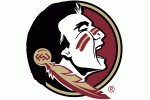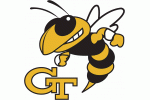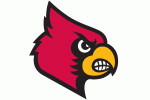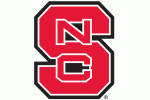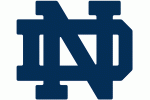As the NCAA tournament approaches, bracketology, that fledgling yet robust science-ishness, comes to play an ever more prominent part in our culture. By February, entire minutes of our lives are consumed by it. We all know the cast by now: Joe Lunardi aka “Joey Brackets”, Jerry Palm aka “Magnum RPI”, Mike “Bubble Watch on the Rhine” Bobinski. (Okay, the last one is actually the selection committee chair and not German, probably.) Who could ever possibly hope to compete with these giants of bracketology in predicting the NCAA tournament field? I mean, besides Patrick Stevens and Lobofan2003, who are actually better bracketologists, I’m told. Rather than throw my hat into the ring, I simply wish to review the work of these fine gentlemen. Do not call me a bracketologist. Call me a bracketeur, and with a French pronunciation, s’il-vous-plait. (Seriously, don’t ever call me that.)
If you follow college basketball closely, you have doubtless heard of Ken Pomeroy and are quite likely familiar with his team ratings based on adjusted offensive and defensive efficiencies. The final result of the rating method used by Pomeroy is a Pythagorean win expectation (Pyth) for each team, which, among other things, can be used to calculate win probabilities for individual games. After setting up a simulation model using these Pyth values, I simulated Patrick Stevens’ and Jerry Palm’s most recent bracket projections many thousands of times and recorded the results. Specifically, I counted the number of wins, the number of final four berths, and the number of championships accrued in these simulations for each team. In actuality, my computer did most of the work, though there was a fair bit of copying and pasting on my part.
In addition to finding the probabilities for these various outcomes, I also wanted to evaluate the difficulty of each team’s draw in these brackets. I imagined the problem in this way. If we removed a particular team from the bracket and replaced them with the average tournament team, Team X, and left all else unchanged, how many games would we expect Team X to win? To answer this question, I changed a particular team’s rating to that of an average tournament team (Pyth of 0.82) and ran another series of simulations. By repeating this operation for every team in turn, we arrive at a standard measure of the difficulty of draw for each team.
Of course, all of these evaluations are dependent upon the accuracy of the Pythagorean ratings in predicting outcomes. If a team is egregiously rated by Pomeroy’s system, this will have a significant effect on their chances and those of the teams placed near them in the bracket.
Simulation of Patrick Stevens’ bracket from USA Today – February 11, 2013
Simulation of Jerry Palm’s bracket from CBSSports.com — February 11, 2013





